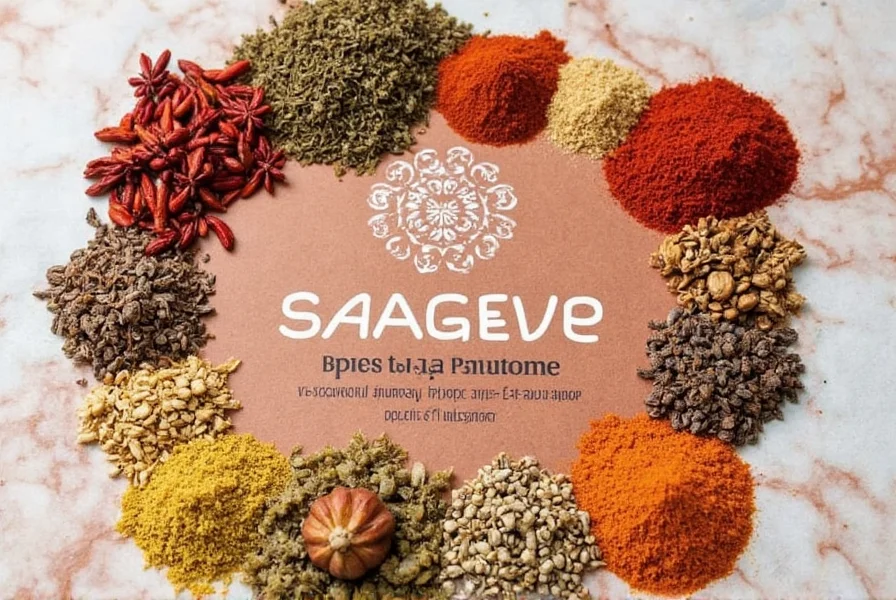Spice Thai Cuisine Savage: A Flavorful Journey Through the Heat and Harmony of Thai Spices
Table of Contents
- Introduction to Spice Thai Cuisine Savage
- Understanding the Basics of Spices in Thai Cuisine
- Practical Tips for Using Spices in Thai Cooking
- The Ultimate Buying Guide for Thai Spices
- Conclusion: Embrace the Savage Flavors of Thai Spices
Introduction to Spice Thai Cuisine Savage
Thai cuisine is a vibrant, aromatic, and fiery celebration of flavor that has captivated food lovers around the world. Known for its bold use of spices, it's no surprise that many describe it as 'savage'—not in the sense of violence, but rather in the way it delivers a powerful, unforgettable taste experience.
The term spice thai cuisine savage encapsulates the raw intensity and complexity of Thai dishes, where every bite is an explosion of heat, sweetness, sourness, and umami. From the fiery kick of bird’s eye chilies to the earthy depth of lemongrass, Thai cooking is a symphony of flavors that demands respect—and a strong stomach.
Understanding the Basics of Spices in Thai Cuisine
At the heart of Thai cuisine are several essential spices and ingredients that define its signature taste. Here’s a quick breakdown of some of the most common ones:
| Spice/Ingredient | Description | Flavor Profile |
|---|---|---|
| Bird’s Eye Chili | A small, fiery chili commonly used in salsas, curries, and sauces. | Very hot, slightly sweet, with a smoky undertone. |
| Garlic | Used in nearly all Thai dishes, often roasted or sautéed. | Pungent, savory, and slightly sweet when cooked. |
| Galangal | A root similar to ginger, used in soups and curries. | Pungent, peppery, and slightly citrusy. |
| Lemongrass | A fragrant herb used to add brightness and aroma. | Citrusy, floral, and slightly spicy. |
| Kaffir Lime Leaves | Used in curries and soups for their intense citrus fragrance. | Sharp, aromatic, and refreshing. |
These ingredients form the backbone of many iconic Thai dishes like Tom Yum soup, Green Curry, and Pad Thai. The combination of these spices creates what we call spice thai cuisine savage—a balance of heat and flavor that is both thrilling and complex.
Practical Tips for Using Spices in Thai Cooking
Whether you're a seasoned chef or a home cook experimenting with new flavors, here are some practical tips to help you master the art of using spices in Thai cuisine:
- Start with Small Quantities: Thai spices can be very potent. Begin with a small amount and adjust to your taste.
- Toast Dried Spices: Toasting dried spices like cumin or coriander enhances their flavor before adding them to a dish.
- Use Fresh Herbs: Fresh lemongrass, kaffir lime leaves, and basil make a huge difference in the final taste of your dish.
- Balance the Five Tastes: Thai cuisine is all about balance. Ensure your dish includes elements of sweet, sour, salty, bitter, and spicy.
- Don’t Overcook Chilies: Chilies can become more bitter if overcooked. Add them towards the end of cooking for maximum heat without bitterness.
By following these simple rules, you’ll be well on your way to creating dishes that truly embody the essence of spice thai cuisine savage.

The Ultimate Buying Guide for Thai Spices
Choosing the right spices is crucial to unlocking the full potential of Thai cuisine. Here’s a detailed buying guide to help you select high-quality ingredients:
1. Bird’s Eye Chilies
Features: Small, red, and extremely hot. Available fresh or dried.
Advantages: Adds intense heat and flavor to any dish.
Use Cases: Ideal for curries, salsas, and spicy dipping sauces.
Target Audience: Home cooks and professional chefs who enjoy bold flavors.
Suitable Occasions: Casual dinners, street food nights, or adventurous eating events.
2. Galangal
Features: A rhizome with a sharp, peppery scent and flavor.
Advantages: Provides a unique, pungent base for soups and curries.
Use Cases: Perfect for Tom Yum and green curry bases.
Target Audience: Enthusiasts of traditional Thai cooking.
Suitable Occasions: Family meals, cultural celebrations, or spice-themed dinner parties.
3. Kaffir Lime Leaves
Features: Thin, aromatic leaves with a distinct citrusy smell.
Advantages: Adds a bright, refreshing note to dishes.
Use Cases: Used in curries, soups, and seafood dishes.
Target Audience: Anyone looking to elevate their Thai cooking skills.
Suitable Occasions: Special occasions or when preparing authentic Thai recipes.
4. Lemongrass
Features: A tall, grass-like plant with a lemony scent and flavor.
Advantages: Enhances the freshness and brightness of dishes.
Use Cases: Great for soups, marinades, and stir-fries.
Target Audience: Beginners and advanced cooks alike.
Suitable Occasions: Everyday meals, summer barbecues, or Thai-inspired gatherings.
5. Thai Basil
Features: A fragrant, slightly sweet herb with a licorice-like aroma.
Advantages: Adds a distinctive, herbal punch to dishes.
Use Cases: Used in stir-fries, salads, and curries.
Target Audience: Those who want to experiment with authentic Thai flavors.
Suitable Occasions: Weeknight dinners, casual lunches, or spice challenges.
By choosing the right spices and herbs, you’re not just making a meal—you're crafting an experience that embodies the spice thai cuisine savage spirit.

Conclusion: Embrace the Savage Flavors of Thai Spices
Thai cuisine is a feast for the senses, and its spice profile is one of the reasons it stands out in the world of global gastronomy. The phrase spice thai cuisine savage captures the essence of this bold and flavorful culinary tradition—where every ingredient plays a role in creating a dynamic, unforgettable taste experience.
Whether you're a spice enthusiast or a curious beginner, exploring the world of Thai spices offers endless opportunities to learn, experiment, and grow. With the right tools, knowledge, and passion, you can bring the wild, vibrant flavors of Thailand into your kitchen and share them with others.
So why wait? Start your journey today and discover the power of spice thai cuisine savage. Your taste buds will thank you.











 浙公网安备
33010002000092号
浙公网安备
33010002000092号 浙B2-20120091-4
浙B2-20120091-4